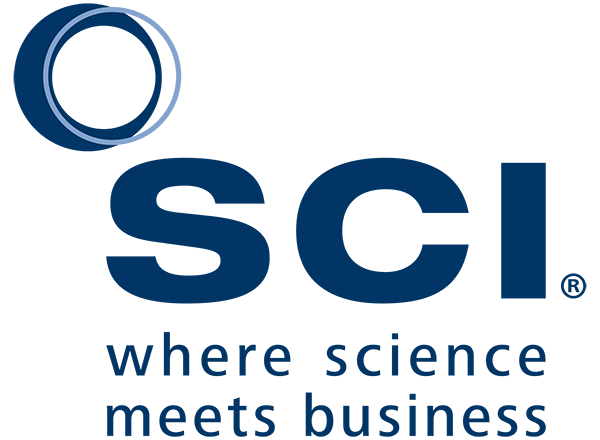R&D superpower
Innovation forms the very foundation of science-based industries like chemicals, pharmaceuticals and renewable energy. And the bedrock of that innovation is research and development (R&D). While research-based institutions and industry can provide that R&D, it requires an appropriate environment in which to flourish.
Battery viewed in 3D
Researchers have pioneered a technique to peer into the 3D structure of rechargeable batteries for the first time. Their novel microscopy technique visualised the nanoscale-thick boundary surface layer where the graphite anode meets the liquid electrolyte in a lithium battery.
Coffee climate threat
Worldwide yields of coffee will fall due to climate change, research indicates. Bad news for many of the tens of millions of coffee farmers in developing countries, which mostly farm two species, Coffea arabica (Arabica coffee) and C. canephora (Robusta coffee).
Trees in farming
UK farms could boost food production, encourage wildlife and achieve net zero in the next decade if they planted trees between their crops, say researchers from the University of Reading, who are spearheading the UK’s involvement in Reforest, a new Europe-wide programme to encourage agroforestry.
Spin doctor device
A new device that can precisely measure the spins of electrons could help improve understanding of the structure and purpose of materials, an Australian team claims.
Business digest
The latest business digest for C&I Issue 4 2023 with all the latest mergers and acquisitions in the chemical industry.
UK research support
The news that UK Chancellor Jeremy Hunt and Business Secretary Grant Shapps are working on a new vision for supporting growth industries such as advanced manufacturing and life sciences and the creation of a dedicated government Department for Science, Innovation and Technology, comes at a time when the nation’s industrial health is at risk from high costs and political and economic uncertainty.
Malaria jumps ship
When someone becomes infected with the malaria parasite Plasmodium falciparum, the parasite must decide whether to expand in the blood or prepare to jump ship. If the person looks likely to die, the parasite prepares to find a new host, according to a new study.
Pandemic predictions
The next big influenza pandemic will almost certainly involve an animal strain, predict scientists in Australia and China who carried out the first global survey of flu strains circulating in animals.
